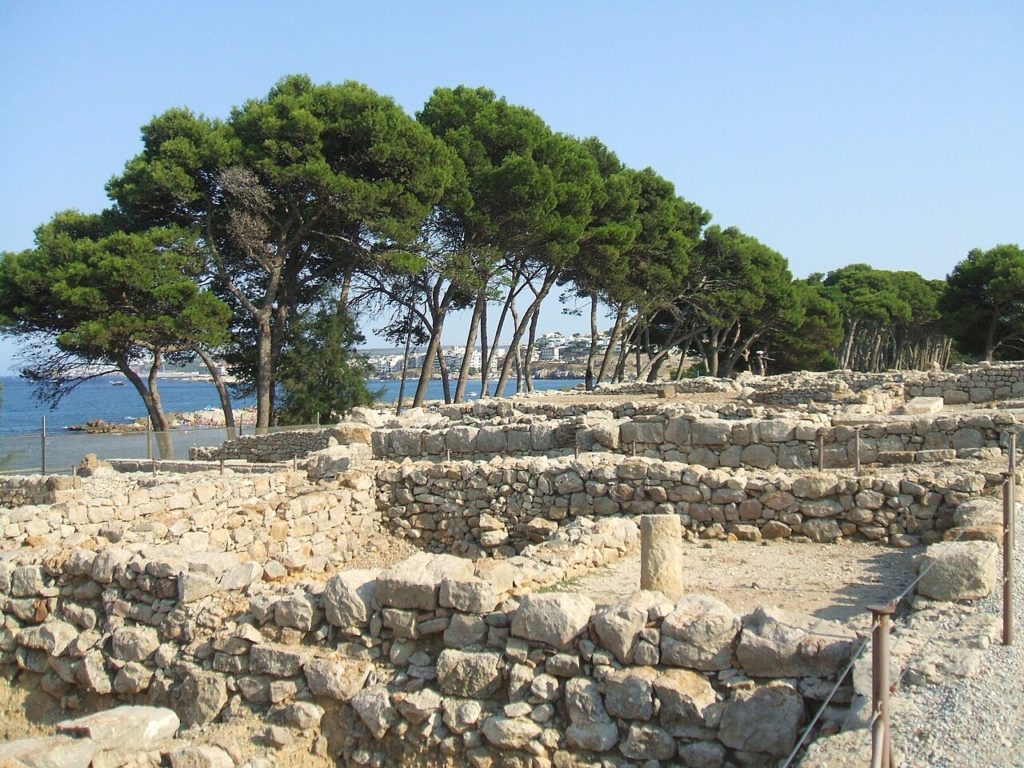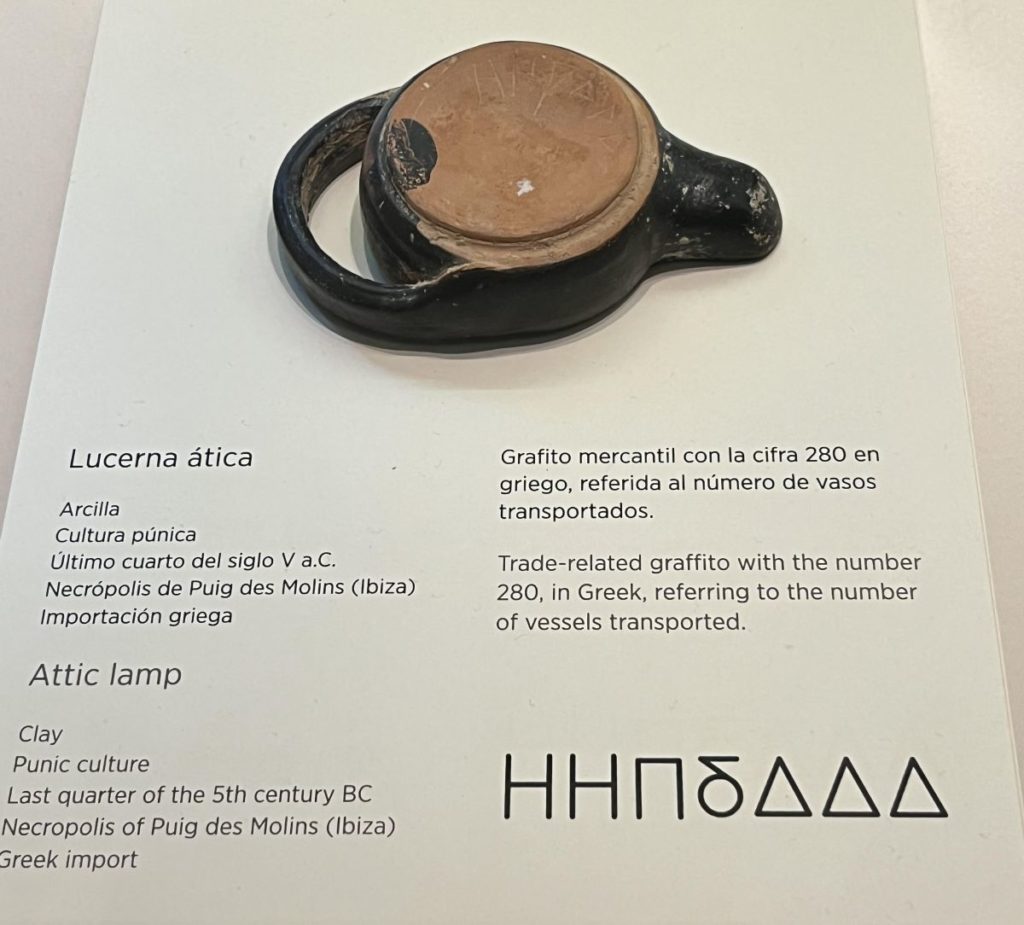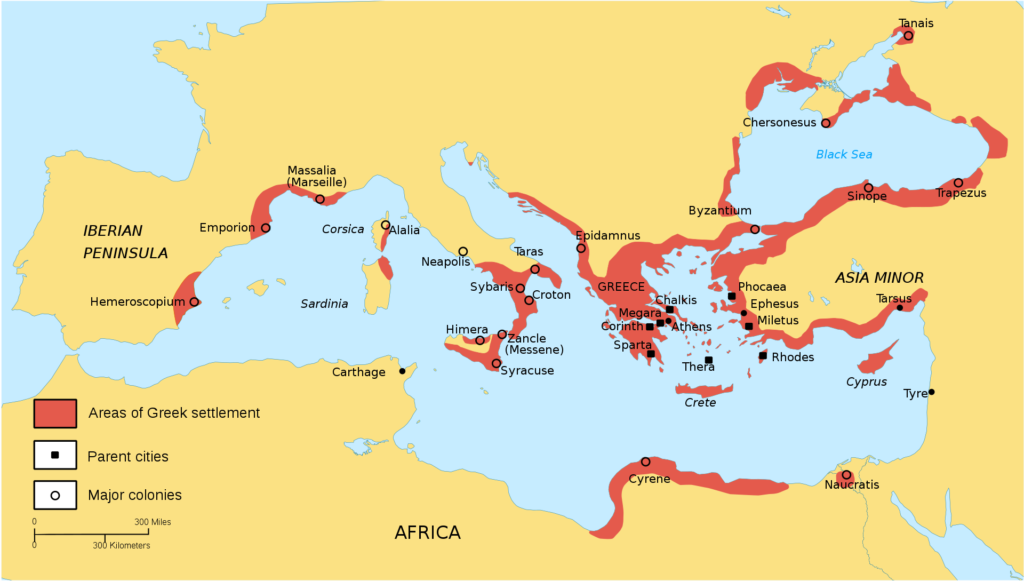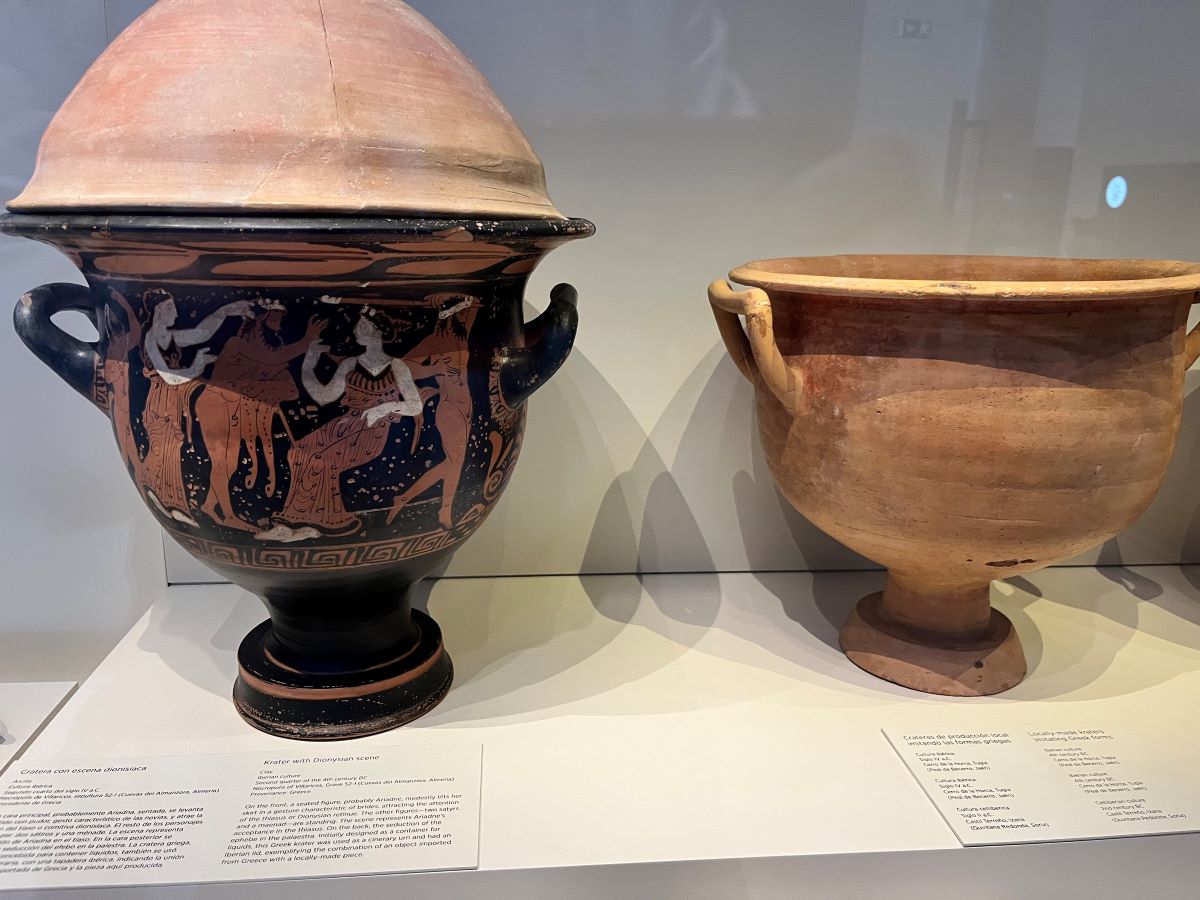
The Greek colonies in Spain are proof that, as adventurous seafarers, ancient Greeks reached the far end of Europe to trade and establish new settlements.
As a seafaring people, ancient Greeks were among the very few “rulers” of the Mediterranean Sea. Ancient Greek ships traveled back and forth from the seaside city-states to trade goods, establish trading posts in various European ports, or find unoccupied lands and build colonies.
Small fragments from the Middle to Early Late Bronze Age indicate the presence of Mycenaean Greek materials on the Iberian Peninsula, confirming the existence of Mediterranean trade prior to the arrival of the Phoenicians.

The Greeks started colonizing around the 8th century BC. Several of the city-states were strong maritime powers, dominated trade in the Eastern Mediterranean, and had substantial power further West to North Africa and modern-day Italy, France, and Spain.
By 500 BC, historians estimate there were about five hundred Greek colonies across the ancient world with sixty thousand Greeks residing there, accounting for forty percent of all Greeks in the Hellenic World.
Emporion, or Modern-Day Empúries
Archaic Greek commerce had appeared in the Iberian Peninsula around 800 BC, aided by the Phoenicians who were passing Greek goods, such as olive oil and fine pottery, through the Strait Of Gibraltar.
The first colony was Emporion, established in a small coastal town of Catalonia in 575 BC. Emporion is a Greek word meaning trade. Today, the town is called Empúries by the Catalans, or Ampurias in Spanish.

Emporion was an offshoot of a Greek colony established by the city-state of Phocaea in Massalia, known as Marseille today. It grew to be a large, fairly prosperous city that was taken over by the Romans under Julius Caesar in 49 AD.
There are three distinct areas to the remains of Emporion: the old town, new town, and Roman town. Moreover, there are a handful of temples, including the Temple of Asclepius, the Greek god of medicine, houses with elaborate mosaics and murals, and a few large water cisterns.
In the Roman town, one can find a forum, two villas, encircling walls, and an amphitheater along with several early Christian churches and sites dating to the 4th to 7th centuries AD.
There were a few other ancient Greek settlements down the coast through present-day Alicante.

Hēmeroskopeion in Alicante
Hēmeroskopeion, a Greek word meaning watchtower or daytime observatory, is another one of the ancient Greek colonies in modern day Spain. Further south in Alicante from Emporion, its exact location has not yet been confirmed, but some scholars believe it was situated where the coastal town of Dénia is located today.
According to Greek geographer Strabo, Hēmeroskopeion was also established by the Greeks of Massalia. It was a commercial spot by the sea and was important for fish trade. A prominent feature of this area was the sanctuary dedicated to Greek goddess Artemis.
Strabo’s description of the town speaks of a promontory and highly venerated sanctuary of Artemis which general and statesman Quintus Sertorius used as a maritime operations base. It was well fortified, suitable for pirates, and visible from afar for those approaching by sea. Near the town were prosperous iron mines.

Inscriptions found in the area of the ancient city indicate they date to a time after the era of the Flavian dynasty in the late 1st century. It is also known that, during the same period, there was a College of the Augustales, an organization of slaves released and dedicated to the imperial cult.
Funerary discoveries of the ancient Greek colony confirm it remained active during the 3rd and early 4th centuries.
It is worth noting how Alicante got its name. Even if the name of this modern city echoes the Arabic name Laqant , al-Laqant or Al-qant, it actually reflects the Latin Lucentum from the ancient Greek root Leuké (or Leuka), meaning “white”.
During the 6th century BC Phocaean Greeks established small trading ports on the coast. Recent excavations of a small, native Iberian coastal trading center at La Picola (Santa Pola) in Alicante province reveal enough Greek architectural elements to suggest a Greek presence at the site. By 325 BC the Phocaean Greeks had already named the city Akra Leyke, meaning White Summit. Akra Leyke was captured in 201 BC by the Romans.
Rhode or Rhodanus (Rosas) Gerona
Rhode was probably founded when the Rhodian thalassocracy, the rival of the Phoenicians, achieved its maximum expansion in the West Mediterranean at the end of the 9th or beginning of the 8th century BC.
The original ancient Greek colony was at the site of the town of modern-day Rosas, where the so-called Citadel of Rosas on the gulf of the same name is located. It is most probably the oldest Greek city in the West.
Its beginnings are documented only indirectly by the Rhodian goods found north of the Pyrenees. With the Phocaean colonization of these coasts and the foundation of Massalia around 600 BC and of Emporion, Rhode thrived.
It was probably due to its Dorian origin that the town was able to maintain its character in the face of the Phocaean Ionians. However, it ended up falling into the commercial sphere of influence of Massalia-Emporion, while continuing to hold onto its original Rhodian nature.
Rhode was the first Greek city in the West to mint silver coins, the drachmai. The wide dispersion of these coins indicates extensive commercial influence in the interior of Gaul, as the tribes copied the coins of Rhode.
See all the latest news from Greece and the world at Greekreporter.com. Contact our newsroom to report an update or send your story, photos and videos. Follow GR on Google News and subscribe here to our daily email!



